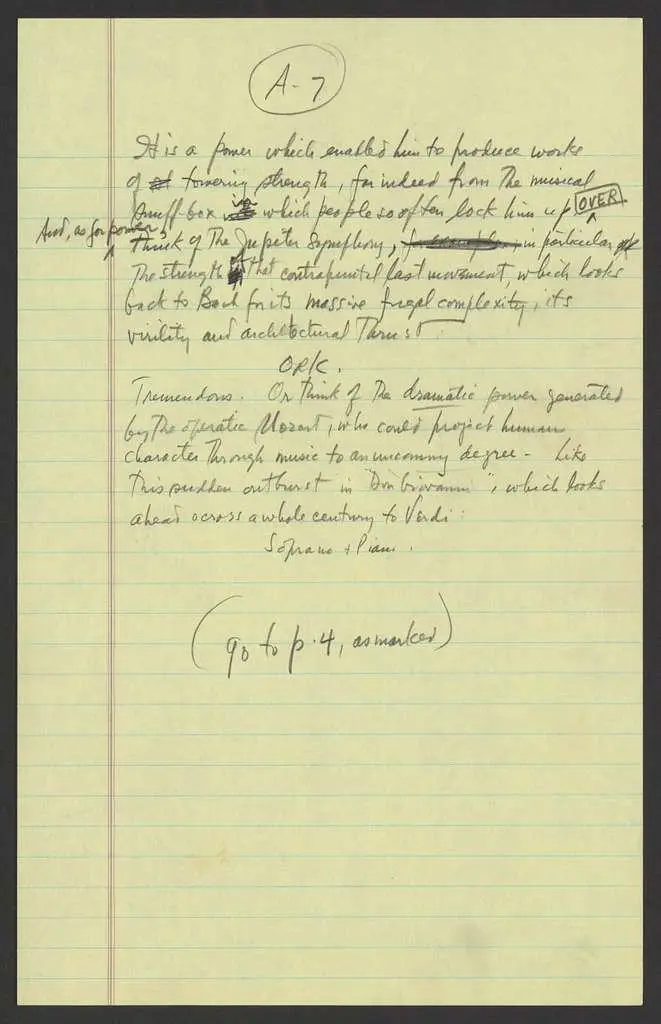Are you ready to unlock the secrets to ageless strength and vitality? In a recent YouTube video, Professor Brad Schoenfeld shares valuable insights on how resistance training can not only increase muscle mass and strength, but also improve overall health and longevity. As we age, our muscles naturally begin to weaken, putting us at risk for frailty and injury. However, Professor Schoenfeld’s research shows that it is never too late to start building muscle and reaping the benefits of a strong, healthy body. Join us as we delve into the world of strength training and discover the key to defying the aging process. Welcome to a world where science and nutrition intersect to empower you on your journey to optimal health and wellness.
Benefits of Resistance Training for Older Adults

There’s certainly people in their 60s, 70s, and even 80s that have more muscle than they had when they were 20 when they started resistance training later in life. The key, in my humble opinion, is resistance training. We actually carried out a meta-analysis on the oldest of old people, 75 years and older, who were sedentary and given resistance training. There was marked increases in strength in these short periods of time, we’re talking 8 to 12 weeks.
Welcome to Zoe science and nutrition where World leading scientists explain how their research can improve your health. We learn how to keep our bodies strong as we age and why this is so crucial for a long and healthy life. As early as our 30s and 40s, our muscles start to shrink, and we begin to lose strength. This puts us at Major risk of Frailty Falls and fractures, which in older age can even lead to death. But there is good news, this future is not inevitable.
I’m excited today to speak with Professor Brad Schoenfeld. Brad is a professor of exercise science at Lehman College in the Bronx, New York, and a world-leading expert in building muscles and strength. He’s published over 250 peer-reviewed papers and written numerous fitness books. Thank you for joining me today. Now we have this tradition on the show where we always start with a quick fire round of questions from our listeners.
Impact of Muscle Mass on Aging Process

Professor Brad Schoenfeld emphasizes the critical role of muscle mass in the aging process. Research shows that individuals in their 60s, 70s, and even 80s can build muscle through resistance training, defying the stereotype of muscle loss with age. Engaging in resistance training, even at later stages in life, can lead to significant increases in strength in a relatively short period of time, typically 8 to 12 weeks.
Maintaining muscle mass as we age is crucial for overall health and longevity. Starting as early as our 30s and 40s, muscle loss and decreased strength can put us at risk for frailty, falls, and fractures. However, the good news is that this decline is not inevitable. By incorporating resistance training into our routine, we can combat the negative effects of aging on muscle mass and strength.
In a conversation with Professor Brad Schoenfeld, it was highlighted that muscles play a vital role in our health and can help slow down the aging process. Building muscle through strength training is considered more important than cardio for overall health. Contrary to popular myths, strength training does not make individuals bulky, and it is never too late to start working on increasing muscle strength. With proper guidance and consistent effort, individuals can maintain strength and mobility as they age, leading to a healthier and more active lifestyle.
Importance of Strength Training vs Cardio

Ageless Strength: Tips from Prof. Brad Schoenfeld
Professor Brad Schoenfeld, an expert in exercise science, highlights the importance of resistance training for individuals of all ages, including those in their 60s, 70s, and even 80s. Through a meta-analysis, he found that older sedentary individuals who engaged in resistance training experienced marked increases in strength in just 8 to 12 weeks. This proves that it’s never too late to start building muscle and improving overall strength.
As we age, our muscles naturally begin to shrink, which can lead to increased risk of frailty, falls, and fractures. However, incorporating resistance training into our fitness routine can help combat these issues and promote a long and healthy life. Professor Schoenfeld emphasizes that strength training is crucial for maintaining muscle mass and strength as we age.
While both strength training and cardiovascular exercise are important aspects of a well-rounded fitness regimen, Professor Schoenfeld believes that strength training is especially vital for overall health. He dispels common myths surrounding strength training, such as the belief that it will make women bulky or less athletic, and emphasizes that it is never too late to start increasing muscle strength.
Incorporating strength training into your routine can help improve muscle mass, strength, and overall health. With Professor Brad Schoenfeld’s insights and expertise, individuals of all ages can benefit from the ageless power of resistance training. Stay tuned for more valuable tips and guidance on achieving optimal strength and physical well-being.
Preventing Frailty and Falls in Older Age

Ageless Strength: Tips from Prof. Brad Schoenfeld
Resistance training is the key to preventing frailty and falls as we age. Research has shown that even individuals in their 60s, 70s, and 80s can significantly increase muscle strength through resistance training within a short period of time, typically 8 to 12 weeks.
As we enter our 30s and 40s, our muscles naturally begin to diminish, putting us at risk of frailty, falls, and fractures in older age. However, the good news is that this decline is not inevitable. Building and maintaining muscle strength through resistance training can help prevent these risks and promote a long and healthy life.
In a quick fire round of questions with Professor Brad Schoenfeld, it was emphasized that muscles are crucial for overall health, and increasing muscle mass can slow down the aging process. Strength training is highlighted as being just as important, if not more, than cardio for overall health and well-being.
Myths About Strength Training Dispelled

Professor Brad Schoenfeld, a world-leading expert on building muscles and strength, debunks myths surrounding strength training for people of all ages. Contrary to popular belief, age should not be a limiting factor when it comes to starting resistance training. In fact, individuals in their 60s, 70s, and even 80s have shown significant muscle gains after incorporating resistance training into their routines later in life.
One common misconception is that strength training will make individuals too bulky. This myth particularly affects women and athletes who fear losing athleticism. However, Prof. Schoenfeld assures that this belief is unfounded. Strength training can actually help improve overall health, slow down the aging process, and combat the loss of muscle mass that naturally occurs as we age.
Moreover, Prof. Schoenfeld emphasizes the importance of resistance training over cardiovascular exercise for maintaining muscle strength and avoiding frailty, falls, and fractures as we get older. With marked increases in strength in a short period of time, typically 8 to 12 weeks, resistance training remains a key component for a long and healthy life. It’s never too late to start building muscle strength, regardless of age. So, say goodbye to these age-old myths and start reaping the benefits of strength training today.
Tips for Building Muscle Strength as You Age

In a meta-analysis study conducted on individuals aged 75 and older who were previously sedentary, significant increases in muscle strength were observed after just 8 to 12 weeks of resistance training. This highlights the importance of resistance training, especially as we age, in preserving muscle mass and function.
<p>As we enter our 30s and 40s, our muscles naturally begin to shrink, leading to a loss of strength. This decline in muscle mass puts us at a higher risk for frailty, falls, and fractures, which can have serious consequences in older age. However, engaging in regular resistance training can help combat this age-related muscle loss.</p>
<p>According to Professor Brad Schoenfeld, renowned expert in exercise science, strength training plays a crucial role in promoting overall health and slowing down the aging process. While both strength training and cardio have their benefits, strength training is particularly important for maintaining muscle mass and function as we get older.</p>
<p>It's never too late to start building muscle strength, regardless of your age. Whether you're in your 60s, 70s, or even 80s, engaging in resistance training can help improve muscle mass, strength, and overall quality of life. Remember, age is just a number when it comes to building and maintaining muscle strength.</p>
Start Increasing Muscle Strength at Any Age

There are people in their 60s, 70s, and even 80s who have more muscle than they had in their 20s by starting resistance training later in life. The key, in my humble opinion, is resistance training. A meta-analysis on people aged 75 and older who were sedentary and given resistance training showed marked increases in strength in short periods of time, typically 8 to 12 weeks.
As we age, starting as early as our 30s and 40s, our muscles start to shrink, and we begin to lose strength. This puts us at major risk of frailty, falls, fractures, and even death in older age. The good news is that this future is not inevitable.
Professor Brad Schoenfeld, a world-leading expert on building muscle and strength, emphasizes the importance of muscle health for aging well. He believes that strength training is more crucial than cardio for maintaining health and agility and can even fight against the loss of bone density after menopause. The biggest myth about strength training that he often hears is that it will make women too bulky or athletes less agile, but he debunks these misconceptions.
Q&A
Q: What is the key to maintaining muscle strength as we age, according to Professor Brad Schoenfeld?
A: Resistance training is the key, according to Professor Brad Schoenfeld.
Q: What age group did Professor Brad Schoenfeld and his team study in their meta-analysis on resistance training?
A: They studied individuals aged 75 years and older who were sedentary and given resistance training.
Q: What are some of the risks associated with muscle loss and decreased strength as we age?
A: Major risks include frailty, falls, fractures, and even death.
Q: Is strength training more important than cardio for overall health?
A: In Professor Brad Schoenfeld’s humble opinion, yes, but he also mentioned that they are complementary.
Q: Can weight training help fight against loss of bone density after menopause?
A: Yes.
Q: Is there a specific age at which it is too late to start increasing muscle strength?
A: No, it is never too late.
Q: What is a common myth about strength training that Professor Brad Schoenfeld often hears?
A: Many believe that strength training will make women bulky or athletes less athletic, but according to him, these myths are not true.
The Way Forward
As we come to the end of this blog post, it’s clear that age is just a number when it comes to building strength and maintaining muscle mass. Professor Brad Schoenfeld’s insights on the importance of resistance training for older adults shed light on how we can defy the inevitable effects of aging on our bodies.
Remember, it’s never too late to start working towards a stronger, healthier self. The key lies in prioritizing strength training alongside cardio activities to combat muscle loss and prevent frailty as we age.
So, let’s embrace the power of building muscle and strength at any age, and pave the way for a long and vibrant life. Thank you for joining us for this enlightening discussion, and until next time, keep pushing your limits and challenging your body to be the best it can be. Stay strong, stay healthy, and stay ageless.



Pingback: The Ultimate Guide to Timing Pregnancy | Expert Advice - Dr Strong
Pingback: 50 cent life style - Dr Strong
Pingback: 90 battery health iphone - Dr Strong
Pingback: fitness headphones - Dr Strong
Pingback: fitness 60 year old male - Dr Strong
Pingback: be one fitness - Dr Strong
Pingback: fitness 65 year old - Dr Strong
Pingback: The Truth About Laser Hair Removal: Dispelling Myths #laserfacts - Dr Strong
Pingback: muscle and fitness - Dr Strong